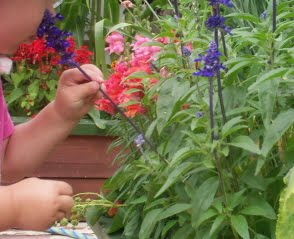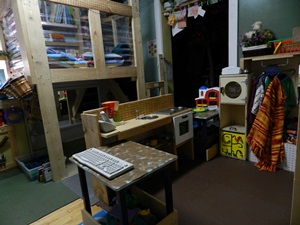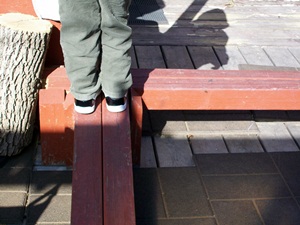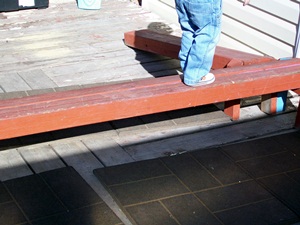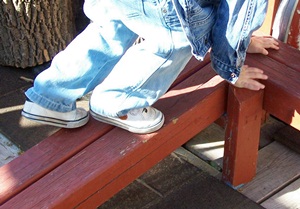I watched with amusement as my teenage son attached his camera to the tripod. I wasn’t the trial and error method he used to accomplish the task or the way he talked to himself as he tried to figure it out that amused me. It was my husband’s growing frustration that made me laugh.
You see, my son’s dilemma may be hereditary. I know the rhyme ‘Righty tighty, lefty loosey’. I also know that I should turn something clockwise to tighten and counter clockwise to loosen
but, when I am actually turning something I sometimes have difficulty associating the thought with the action. I think it is a problem with hand/eye/brain communication.
Maybe I over think it. Staring at the screw/knob or whatever it is — my hand poised over it – pretending to turn it first one way, then the other. I am distracted by my husband’s exasperation when he can’t tolerate it any longer.
“Turn it right” he says “Clockwise”
“I know”
“Then do it!” he says, louder this time.
“I’m thinking” I reply, “And you’re not helping”
Tentatively I try turning it
“The other way!!!!” he yells “Don’t you know right from left?”
“Yes, but I’m thinking that although I’m turning it to the right, if I turned the whole assembly over and looked at it from the bottom, the same motion would be turning it to the left – so I could be loosening it.”
My husband is speechless – he looks like he might be having a stroke.
Back to my son and his camera – he starts turning the knob on the tripod but then hesitates.
“That’s right – correct” my husband acknowledges.
The boy replies “but I’m holding it upside down so I should turn it left”
I burst out laughing. My husband is annoyed – possibly jealous that he can’t relate.
Anyway, in the workshop area of the playroom I have this;
I thought it would be a great tool for the children to develop eye/hand coordination and fine motor skills.
Every once in a while someone will get one of the nuts tightened at the top or bottom of the threaded rod. They’ll ask me how to loosen it. In response I will tell them to turn it the opposite direction to what they had been turning it. They are usually pretty good at understanding opposites. They’re preschoolers – they still have some difficulty with right and left or clockwise and counter clockwise. I could teach them the rhyme but I don’t think it would help – either of us.
I think it is better to let them figure it out themselves. Try something new, make mistakes and try again – without interference. Right or left, tighten or loosen, correct or wrong. It doesn’t matter. They are practicing and they will discover a method that works for them.
The knowledge, the grade on the written test, doesn’t matter without the opportunity to use it. What is important is the ability to figure something out. To learn from mistakes. To practice. To persevere. To face a problem and conquer it. That’s something you can’t do if you’re worried about being wrong — worried about pleasing the observer.
